Goddess Radha Rani stands as the embodiment of divine love and devotion in Hindu tradition. Revered as the supreme goddess and the eternal consort of Bhagwan Krishna, Radha represents the feminine aspect of the divine, complementing Krishna’s masculine principle. Her unwavering affection, empathy, and spiritual dedication have elevated her to the status of the queen of worship. Radha’s love for Krishna is celebrated as the highest form of devotion, inspiring countless stories, literary works, and devotional practices. She is honored as the protector and mother of the universe, her presence inseparable from Krishna’s, symbolizing the soul’s yearning for union with the divine. The legendary tales of Radha and Krishna’s love, her selfless sacrifices, and her role as the chief of the gopis have made her an enduring symbol of spiritual longing and fulfillment, venerated in temples and festivals across India.
Who is Rhada Rani Devi?
Radha Rani Devi is recognized as the supreme goddess and the eternal consort of Bhagwan Krishna in Hindu tradition. She personifies empathy, affection, tenderness and devotion, holding a unique status as the chief of the gopis, or milkmaids, in Vrindavan. Radha is considered the female counterpart and internal potency of Krishna, residing with him in Goloka, the celestial realm. She is regarded as the incarnation of Goddess Lakshmi and is viewed as the protector and mother of the universe. Radha’s love and unwavering devotion to Krishna elevate her to the highest spiritual stature, symbolizing the soul’s intense longing for union with the divine. In the later Puranic texts, Radha and Krishna are depicted as inseparable, representing the male and female principles of the divine. Her lineage is closely connected to Krishna, who is an incarnation of Vishnu, and she is venerated as his eternal partner, though not his wife in the traditional sense. Their relationship is celebrated as the ultimate example of divine love, inspiring countless devotional practices and festivals such as Radha Ashtami.
Radha Rani is associated with several sacred elements. She is often linked to the Tulsi plant, also known as Vrinda, symbolizing purity and devotion. Tulsi leaves are considered highly auspicious and are offered to Krishna as a mark of deep reverence, reflecting Radha’s spiritual significance. Radha is also referred to as Shree Vrinda Devi, highlighting her connection to the sacred groves of Vrindavan. While traditional depictions do not emphasize a specific vehicle or weapon for Radha, her symbols include the lotus and the garland, representing beauty, spiritual purity and love. Her presence is marked by grace, charm and an aura of divine femininity, making her an enduring figure of worship and inspiration in Hinduism.
Significance of Radha Rani Devi
Radha Rani Devi holds profound philosophical and spiritual significance in Hindu tradition. She represents the essential feminine aspect of the divine, complementing Krishna as the supreme goddess and the internal potency that completes the conception of divinity. In Gaudiya Vaishnava theology, Radha is not just Krishna’s beloved but the embodiment of empathy, affection and devotion, symbolizing the soul’s intense yearning for union with the divine. Her love for Krishna is viewed as the highest form of spiritual aspiration, inspiring countless literary works and devotional arts. The relationship between Radha and Krishna serves as a metaphor for the human spirit’s quest for spiritual fulfillment, with Radha’s unwavering devotion illustrating the path to ultimate union with the divine.
Radha Rani’s importance is especially prominent in regions and sects that revere Krishna, such as the Gaudiya Vaishnavas of Bengal and devotees in Vrindavan and northern India. She is venerated in temples across the country, often worshipped alongside Krishna as a single unit, reflecting their inseparable spiritual bond. Radha is considered the queen of worship and the mother of the universe, with her status as a goddess rooted in her unparalleled love and dedication to Krishna.
The most significant festival dedicated to Radha Rani is Radha Ashtami, celebrated as her birth anniversary. This festival is marked by fasting, special prayers, and rituals, particularly in Vrindavan and her birthplace. Devotees offer flowers, sweets and adorn her idol with new clothes, seeking her blessings for prosperity, harmony and spiritual bliss. Observing Radha Ashtami help devotees overcome obstacles, achieve their desires and attain salvation, as pleasing Radha is seen as the key to receiving Krishna’s grace.
Iconography & Symbolism
Radha Rani is portrayed as the epitome of beauty, grace and devotion. Her physical appearance is marked by modesty, charm and an aura of empathy and tenderness. She is described as youthful and radiant, with a molten golden complexion that symbolizes her divine nature. Adorned in traditional attire such as a sari or ghagra choli, she is often embellished with intricate jewelry and garlands of flowers. Her facial features are sharp and expressive, with lotus-like elongated eyes, thin lips and a pointed nose and chin. These attributes highlight her role as the ideal of feminine beauty and spiritual love.
In art, sculptures and temple depictions, Radha Rani is frequently shown standing to the left of Krishna, holding a garland. She is depicted in a variety of traditional outfits, sometimes with a dark diaphanous veil, and always adorned with pearls, gems and floral ornaments. Marble statues of Radha Rani are crafted in various colors and finishes, often for temples and home worship. Artistic representations also include the Ardhanari form, where Radha and Krishna are combined into a single figure, symbolizing their inseparable unity. Paintings and sculptures inspired by her legends are prominent in Indian art, especially in regions like Rajasthan and Vrindavan, and continue to inspire contemporary artists.
Color symbolism plays a significant role in Radha Rani’s iconography. She is associated with a golden or fair complexion, while her attire often features deep blue or contrasting hues, reflecting her spiritual connection with Krishna. This interplay of colors signifies their mutual absorption and unity. Her posture is typically graceful and modest, sometimes depicted in dance or with hands in expressive mudras that convey love, blessing and devotion. The lotus, which she sometimes holds or stands upon, represents purity, spiritual awakening and divine beauty, reinforcing her status as the supreme goddess of love and devotion.
Origin of Radha Rani
Radha Rani’s birth is enveloped in divine mystery and profound symbolism. According to the most cherished legends, she manifested on a lotus flower in the Yamuna River, discovered by King Vrishabhanu and his wife Kirtida, who had longed for a child. The infant Radha radiated an extraordinary golden aura, her eyes closed in deep meditation. She did not open her eyes until the infant Krishna was placed beside her, fulfilling her wish to see only Krishna first upon descending to earth. This unique birth narrative underscores her eternal and inseparable bond with Krishna and sets her apart as a being of celestial origin.
Mythologically, Radha is considered an incarnation of Goddess Lakshmi, the consort of Bhagwan Vishnu, who agreed to take birth on earth only on the condition that she would see Krishna first. Her appearance is celebrated during the festival of Radha Ashtami. In the cosmic context, Radha is revered as Krishna’s internal potency, the embodiment of his bliss-giving energy, and the primordial force behind all creation. The Brahma Vaivarta Purana and Narada Pancharatra describe her as the Mulaprakriti, the root nature from which all material and spiritual forms emerge. In these scriptures, Radha and Krishna are depicted as the ultimate divine couple, inseparable and co-eternal, symbolizing the union of energy and energetic, substance and attribute.
Radha’s presence in Vedic and Puranic literature is more prominent in later texts. While early scriptures like the Vishnu Purana do not mention her, works such as the Brahma Vaivarta Purana, Garga Samhita, and the Radha Upanishad elevate her as the supreme goddess, the mother of the universe, and the source of all goddesses. The Upanishads and Rig Veda subtly reference her divinity and her relationship with Krishna, portraying her as the power worshipped by Krishna himself. In philosophical terms, Radha is not only Krishna’s beloved but also his guiding force, the essence of devotion and the spiritual path for souls seeking union with the divine. Her mythological origins and avatar stories are deeply woven into the fabric of Hindu cosmology, making her an enduring symbol of divine love and spiritual fulfillment.
Legends and Stories
Legend of Hot Milk
Krishna’s wives, envious of Radha’s deep bond with him, devised a plan to make her suffer. They offered Radha a bowl of scalding hot milk, claiming it was sent by Krishna. Radha drank the milk without hesitation. Later, Krishna was found suffering from painful ulcers, while Radha remained unharmed. This story reveals that Krishna resides in every pore of Radha, so her pain was transferred to him, demonstrating their inseparable spiritual connection.
Legend of Charanamrit
When Krishna fell gravely ill, it was said that only the Charanamrit, the water used to wash the feet, of a true devotee could cure him. The gopis hesitated, fearing it would be a grave offense. Radha, however, offered her Charanamrit without concern for her own fate, wishing only for Krishna’s recovery. Her selfless devotion exemplifies the depth and purity of her love, showing that her bond with Krishna transcended all social and spiritual conventions.
Radha and Krishna’s Playful Childhood Marriage
As children, Radha and Krishna participated in a playful marriage ceremony. Ancient texts mention this symbolic union, but it was never an official or consummated wedding. This story highlights their innocent and eternal bond, where the act of marriage serves as a metaphor for their spiritual unity rather than a worldly relationship.
Controller of Krishna
Radha’s devotion is so profound that she is said to have complete control over Krishna. In Gaudiya Vaishnava texts, her love and dedication are described as so powerful that even Krishna is indebted to her. Her longing and sincerity are considered the highest form of devotion, making her the most significant figure in the tradition, as her love surpasses even Krishna’s own.
Radha’s Departure
One belief holds that when Krishna was about to leave the earth, he summoned a divine aircraft to carry Radha and the people of Vrindavan to his celestial abode, Goloka. Another story describes Krishna playing his flute in such a deeply moving way that Radha appeared before him and merged with his body, returning to the divine source from which she came. This symbolizes their eternal unity beyond the earthly realm.
Spiritual Lessons of Rhana Rani Devi
The tales of Radha Rani convey deep moral and spiritual lessons centered on selfless love, unwavering devotion, and the transformative power of pure surrender. The legend of the hot milk demonstrates that true love is so profound it unites two souls beyond physical boundaries, with Radha’s suffering absorbed by Krishna, emphasizing the inseparability of the divine and the devotee. The story of Charanamrit highlights self-sacrifice and the willingness to endure any consequence for the beloved’s well-being, illustrating that genuine devotion transcends social norms and personal risk.
Radha’s playful marriage with Krishna and her ability to control him through love reveal that devotion rooted in sincerity and humility can surpass even the might of the divine. Her love is not possessive or bound by societal expectations, but is instead marked by complete surrender and selflessness. The narrative of her final union with Krishna symbolizes the ultimate spiritual goal: merging with the divine through unwavering longing and dedication.
These stories collectively teach that the path to spiritual fulfillment lies in cultivating pure, unconditional love, selfless service, and total surrender to the divine. Radha’s example encourages devotees to rise above ego, social conventions, and personal desires, focusing instead on heartfelt devotion and the joy of serving and loving the divine with complete sincerity.
Puja Vidhi at Home
Required Materials
- Idol or picture of Radha Rani, ideally placed alongside Krishna
- Panchamrita (mixture of milk, curd, ghee, honey, sugar)
- Sandalwood paste
- Fresh flowers and Tulsi leaves
- Incense sticks and oil lamp (diya)
- Fruits and sweets for offering
- New clothes and jewelry for the idol
- Sacred thread (Mauli)
- Kalash (sacred pot)
- Clean altar cloth
Step-by-Step Home Puja Guide
- Begin the day with a bath, preferably using water mixed with Gangajal, and wear clean or new clothes.
- Select a clean, serene space facing east for the altar. Place the idol or picture of Radha Rani at the center and decorate with fresh flowers and Tulsi leaves.
- Arrange all puja items neatly, keeping the Kalash and diya in front of the deity.
- Purify the space by lighting incense sticks and the oil lamp.
- Take a sankalpa (vow), stating your wish or intention for the puja.
- Bathe the idol with Panchamrita, followed by clean water, and dress the idol in new clothes and jewelry.
- Offer sandalwood paste, flowers, fruits, and sweets to the deity.
- Recite the Radha Ashtami Vrat Katha, Radha Stuti, and Radha Chalisa with devotion.
- Sing bhajans and devotional songs dedicated to Radha Rani and Krishna.
- Perform aarti by moving the lit diya in a circular motion before the deity, accompanied by the ringing of bells and singing of aarti songs.
- Meditate on Radha Rani’s divine qualities and seek her blessings.
- After the puja, distribute prasad to family and guests. If observing a fast, break it after the rituals are completed.
Chanting and Aarti Process
- Begin chanting mantras such as Om Hreem Shri Radhikaye Namah or Om Raadhaye Swaha , repeating each mantra 108 times for maximum spiritual benefit.
- Recite Radha Stuti, Radha Chalisa, and the Radha Gayatri Mantra during the puja.
- During aarti, sing traditional aarti songs for Radha Rani, expressing gratitude and devotion.
- The aarti can be performed in the morning and evening, using ghee or camphor to light the diya.
- Conclude the rituals by offering heartfelt prayers for love, happiness, and spiritual growth.
This puja process invites the grace of Radha Rani, deepens spiritual connection, and brings peace and prosperity into the home.
Mantras Dedicated to Radha Rani
Om Hreem Shri Radhikaye Namah
Meaning:
Salutations to the divine Radha, embodiment of supreme spiritual energy and love.
Benefits:
Chanting this mantra invokes Radha Rani’s blessings for love, peace, and happiness, enhances devotion, and helps attract harmony and fulfillment in relationships.
Namah Trailokya Janani Praseeda Karunarnave Brahma Vishnvadibhir Devair Vandyamaan Padambuje
Meaning:
O Mother of the three worlds, ocean of compassion, whose lotus feet are worshipped by Brahma, Vishnu, and other deities, be pleased with me.
Benefits:
This mantra brings divine protection, spiritual upliftment, and grace. It helps remove obstacles, grants inner peace, and supports the devotee’s spiritual journey.
Radha Kripa Kataksha Stava
This is a collection of verses seeking the merciful sidelong glance of Radha Rani.
Meaning:
The verses praise Radha’s beauty, compassion, and her power to grant spiritual blessings and entrance into Krishna’s eternal pastimes.
Benefits:
Regular recitation fulfills desires, bestows pure devotion, and grants the devotee entry into the divine love and lila (pastimes) of Radha and Krishna. It is especially revered in Vrindavan and considered the heart of devotional practice for Radha Rani.
Benefits of Worshipping Radha Rani Devi
Worship of Radha Rani offers profound spiritual, mental, and material benefits, making her veneration deeply valued in Hindu tradition. Spiritually, Radha Rani embodies pure love, devotion, and selfless surrender, guiding devotees toward inner transformation and union with the divine. Her worship inspires the cultivation of unconditional love, helps purify the mind and heart, and supports the journey toward liberation and spiritual bliss. Devotees experience a deepened sense of devotion, enhanced faith, and the removal of negative thoughts, allowing for greater clarity and peace.
Mentally, connecting with Radha Rani brings emotional balance, reduces anxiety, and fosters a sense of joy and contentment. Her presence radiates compassion and harmony, offering relief from stress and promoting mental well-being. The practice of chanting her mantras and participating in rituals immerses devotees in divine love, leading to a calm and focused mind.
Materially, Radha Rani’s blessings are sought for harmony in relationships, marital happiness, and success in personal and family life. Her worship helps overcome obstacles, fulfill desires, and attract prosperity. Observing fasts and performing puja, especially during Radha Ashtami, brings joy, abundance, and fulfillment of wishes. She is also revered as a source of fertility and abundance, making her worship significant for those seeking blessings for motherhood and a flourishing household.
Most important benefits of worshiping Radha Rani:
- Attainment of spiritual bliss and liberation
- Deepening of pure devotion and unconditional love
- Removal of negative thoughts and inner purification
- Harmony and joy in marital and family relationships
- Relief from mental stress and emotional turmoil
- Fulfillment of desires and success in endeavors
- Attraction of prosperity and abundance
- Enhanced faith and spiritual strength
- Protection from obstacles and negative influences
- Blessings for fertility, motherhood, and a flourishing life
Worshiping Radha Rani not only elevates the devotee’s spiritual consciousness but also brings peace, happiness, and prosperity into every aspect of life.
Temples Dedicated to Radha Rani
Temples dedicated to Radha Rani are central to the spiritual and cultural landscape of northern India, especially in the Braj region. The most revered is the Shri Radha Rani Temple in Barsana, Uttar Pradesh, considered the birthplace of Radha Rani. This temple, also known as Ladli Ji Mandir or Shreeji Temple, stands atop Bhanugarh Hill and is reached by climbing around 200 steps, symbolizing the devotee’s ascent from the material to the spiritual. The temple’s architecture blends Rajasthani and Mughal styles, featuring pink and red sandstone, domes, arches, and intricate carvings that narrate Radha and Krishna’s divine love. The temple complex includes shrines for Radha’s parents, Vrishabhanu Maharaj and Kirti Devi, and sites like Maan Mandir and Sankari Khor, each linked to specific legends and pastimes of Radha and Krishna.
Barsana is not only home to the main temple but also hosts several other sacred sites: Kirti Maiya Temple dedicated to Radha’s mother, Vrishabhanu Maharaj Temple for her father, Maan Mandir representing Radha’s divine sulking, and forested areas like Mor Kutir and Gahvar Van where many intimate pastimes occurred. The entire town is considered a living tapestry of Radha’s life and love, with each hill and pond associated with a Vedic scripture or legend. The temple is a major pilgrimage site, especially during Radhashtami (Radha’s appearance day) and Lathmar Holi, when thousands of devotees gather for elaborate rituals, singing, and celebration. The spiritual atmosphere is heightened by daily aartis, flower offerings, and the constant chanting of Radha’s name.
In Vrindavan, another sacred town nearby, numerous temples honor Radha alongside Krishna, such as the Bankey Bihari Temple, Radha Damodar Temple, Radha Vallabh Temple, and Prem Mandir. These temples are architectural marvels, some featuring the Ardhanari iconography where Radha and Krishna are depicted as a single inseparable form. The Vrindavan and Barsana pilgrimage circuit is considered essential for devotees, with many believing that a visit to Bankey Bihari Temple is incomplete without paying homage at Barsana’s Radha Rani Temple.
Beyond India, Radha Krishna temples have been established by diaspora communities worldwide, especially through ISKCON (International Society for Krishna Consciousness) centers in the United States, United Kingdom, Australia, and other countries. These temples often replicate the festive spirit and rituals of Barsana and Vrindavan, serving as cultural and spiritual hubs for devotees abroad.
The festivals associated with Radha Rani’s temples, particularly Radhashtami and Jhulan Yatra, are celebrated with great devotion. Radhashtami involves special prayers, kirtans, and a holy bath at Radha Kund, while Jhulan Yatra features beautifully decorated swings for Radha and Krishna, symbolizing their playful love. The temple’s architectural grandeur, historical depth, and vibrant festivals make it a living center of devotion, drawing pilgrims and seekers from across the world.
Presence in Other Traditions
Radha Rani’s influence outside Hinduism is primarily indirect, as her worship and mythology are deeply rooted in the Vaishnava tradition. In Buddhism, the name Radha appears in the Pali Canon, but it refers to a male disciple of the Buddha, not the goddess. The Buddhist texts mention Radha as a monk whose questions prompted subtle teachings from the Buddha, but there is no doctrinal or mythological connection between this Radha and the Hindu goddess. The Buddhist Radha is remembered for his humility and obedience, with no association to the divine feminine or the themes of love and devotion central to Radha Rani’s identity in Hinduism.
In Jainism, there is no direct presence of Radha Rani as a goddess or mythological figure. Jain scriptures and traditions focus on Tirthankaras and their teachings, and do not incorporate Radha or her stories. The concepts of divine love and the Radha-Krishna relationship do not play a role in Jain cosmology or devotional practice.
In Southeast Asia, the influence of Krishna and related Vaishnava traditions is evident in temple art, literature, and performance, especially in regions like Bali, Java, and Thailand. However, Radha Rani herself does not have a prominent independent presence in these cultures. The focus remains on Krishna, Rama, and other avatars, with Radha’s stories and worship largely confined to Indian and diaspora communities. Her role as the embodiment of divine love and devotion is celebrated mainly within the context of Indian Vaishnavism and has not become a central figure in Southeast Asian adaptations of Hindu mythology.
Comparative mythology reveals that Radha Rani stands as a unique figure in global religious traditions. While other cultures have goddesses representing love, fertility, or devotion, Radha’s specific role as the supreme embodiment of selfless, transcendental love and her inseparable connection with Krishna is distinct. Her mythology emphasizes the union of the soul with the divine through love and surrender, a theme echoed in some mystical traditions worldwide, but her identity, attributes, and worship remain uniquely Vaishnava. Radha’s presence in Indian culture also serves as a model of female subjectivity and spiritual agency, setting her apart from other mythological figures across traditions.
Rudra Centre’s Radha Rani Products & Puja Services
A finely crafted idol of Radha and Krishna made from Shaligram Shila, ideal for home worship. The idol depicts Radha lovingly embracing Krishna, symbolizing divine love and devotion.
Exquisite Radha Krishna Ashtadhatu Idol
A beautiful set of Radha and Krishna idols made from Ashtadhatu metal alloy, featuring Krishna in a classic flute-playing posture and Radha standing gracefully beside him.
Radha Krishna Shaligram 925 Silver Locket – II
This locket features a sacred Shaligram stone encased in a flower-shaped 92.5% pure silver frame, paired with a 27-inch adjustable silver chain. The design’s smooth, curved petals add elegance and divine charm.
Radha Krishna Puja - 11000 Chants
A comprehensive puja service performed by expert pandits including mantra chanting, abhishek, homam, and aarti. Devotees receive videos of rituals and energized puja kits with prasad, rudraksha, yantra, and tabeez.
Radha Rani: The Eternal Flame of Divine Love
Radha Rani stands as the supreme embodiment of unconditional love, devotion, and spiritual fulfillment in Hindu tradition. Her presence transcends legends, inspiring generations with the message that true devotion is selfless, pure, and transformative. Radha’s inseparable bond with Krishna represents the soul’s eternal quest for union with the divine, where love becomes the highest path to spiritual realization. Her stories, worship, and the vibrant festivals dedicated to her continue to illuminate hearts, offering solace, joy, and a sense of belonging to countless devotees. In every temple, ritual, and whispered prayer, Radha Rani remains the guiding light, inviting all to experience the boundless grace and bliss found in surrender to divine love.


-in-Astrology.jpg)
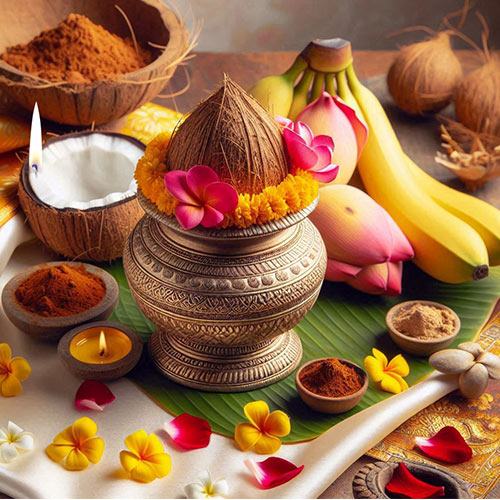

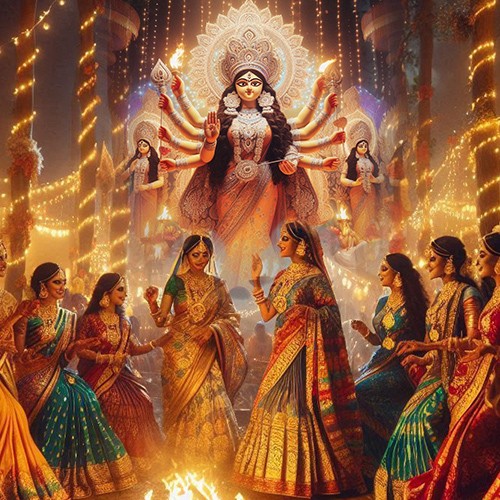
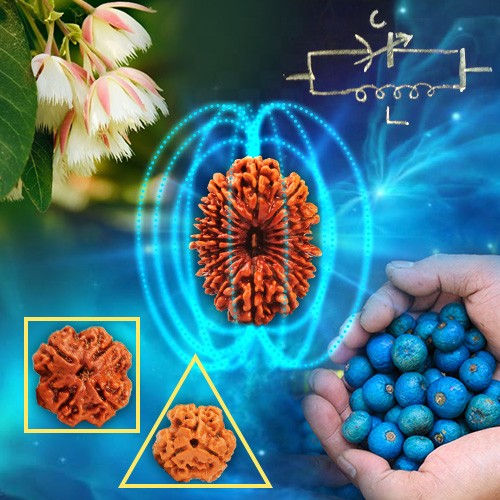

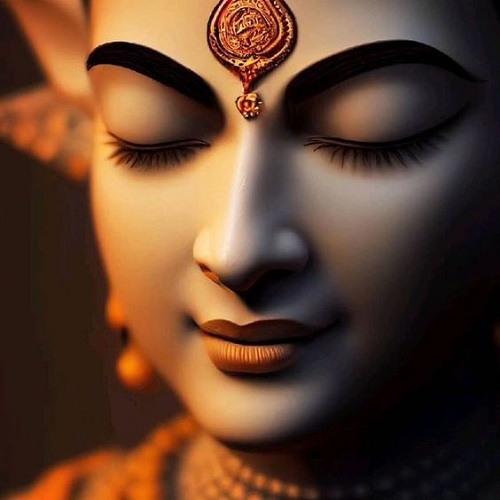
.jpg)
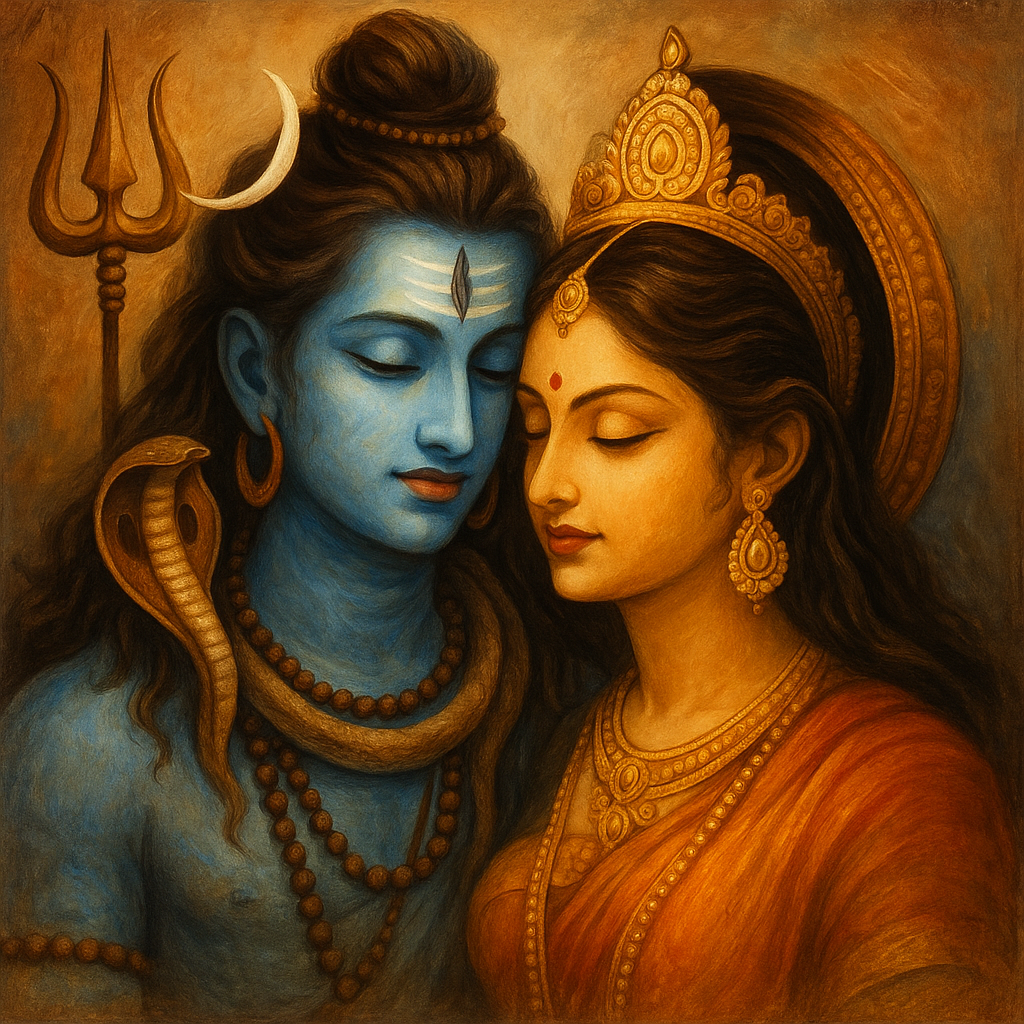
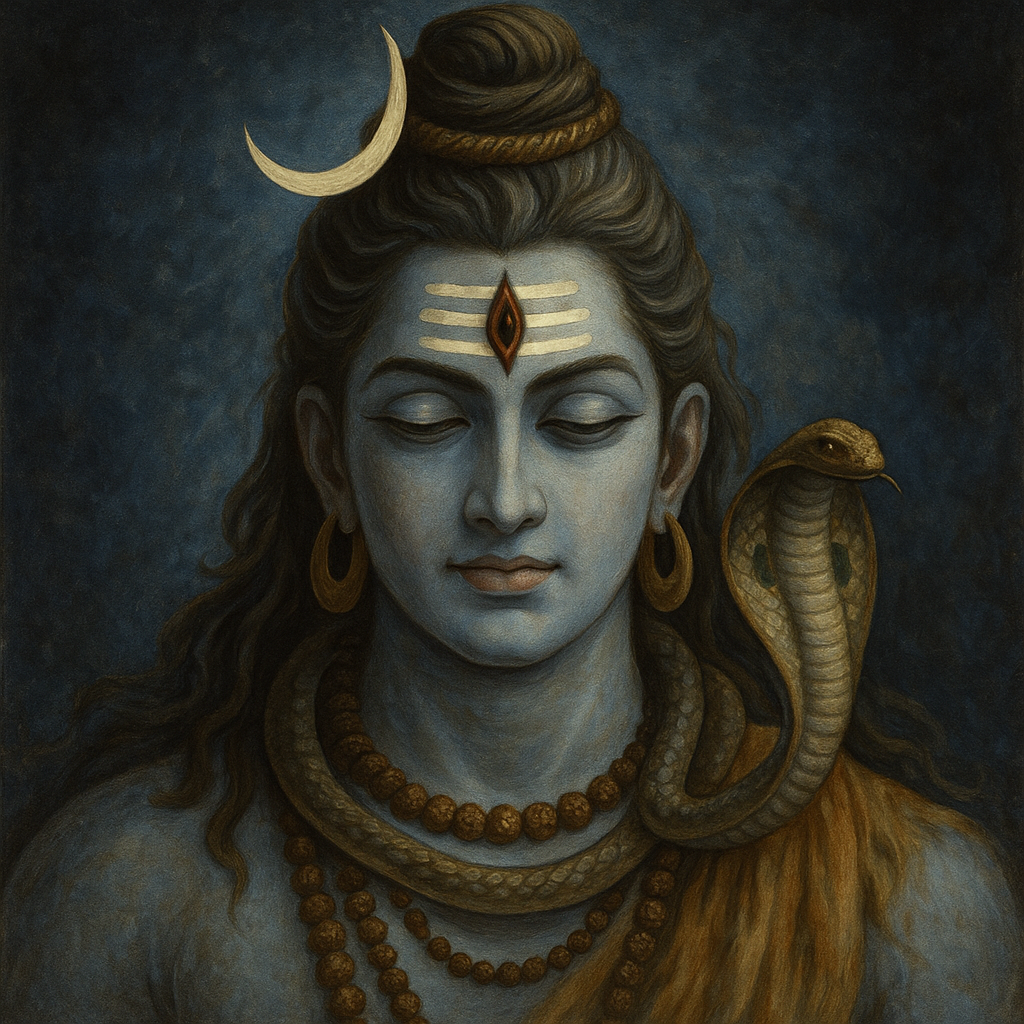
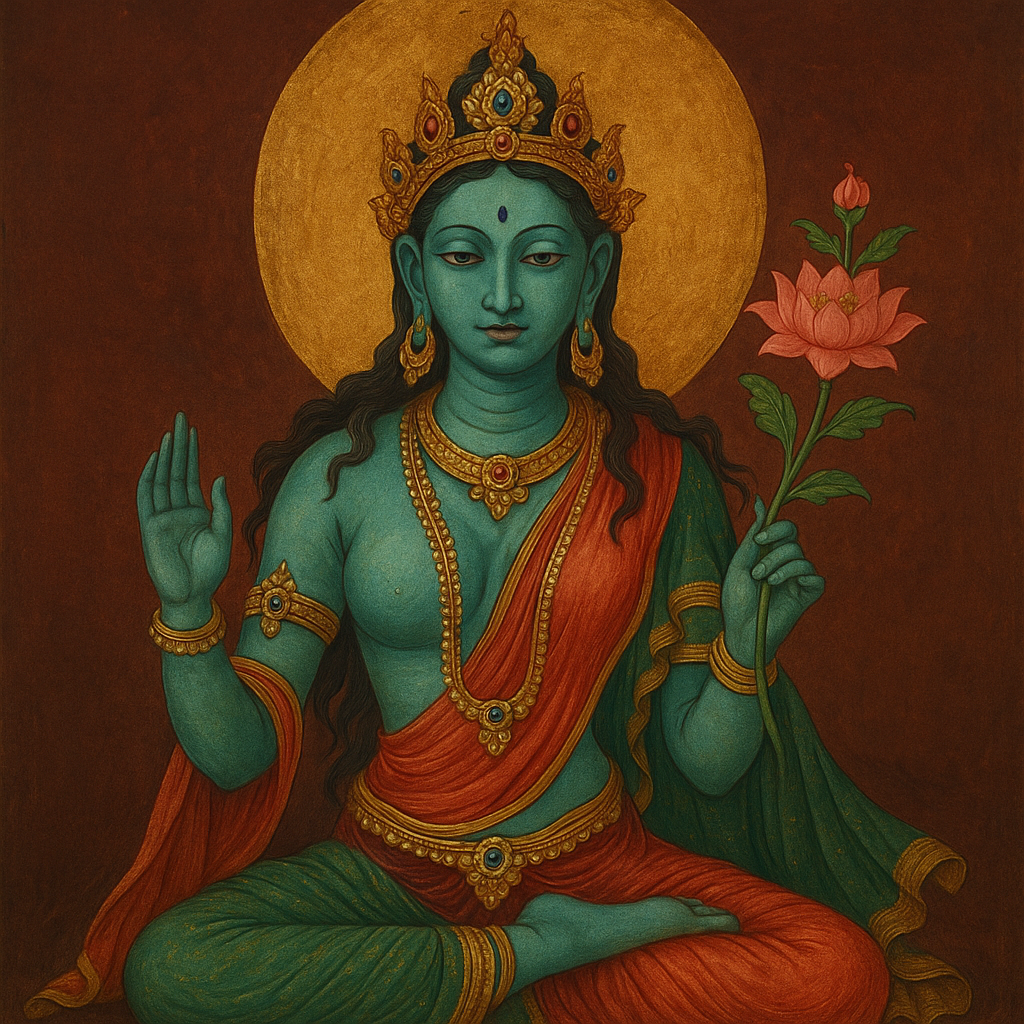
Snehansu Mohapatra
|February 21, 2024
Radha the supreme authority and the mother of all after taking the name of my mother all energy emanate, everything will peaceful.she is the momentum of all dharma and merciful.without her name one cannot get Krishna.. radhey who is the prime source of energy and potency...our niswas should be like radhe radhe....